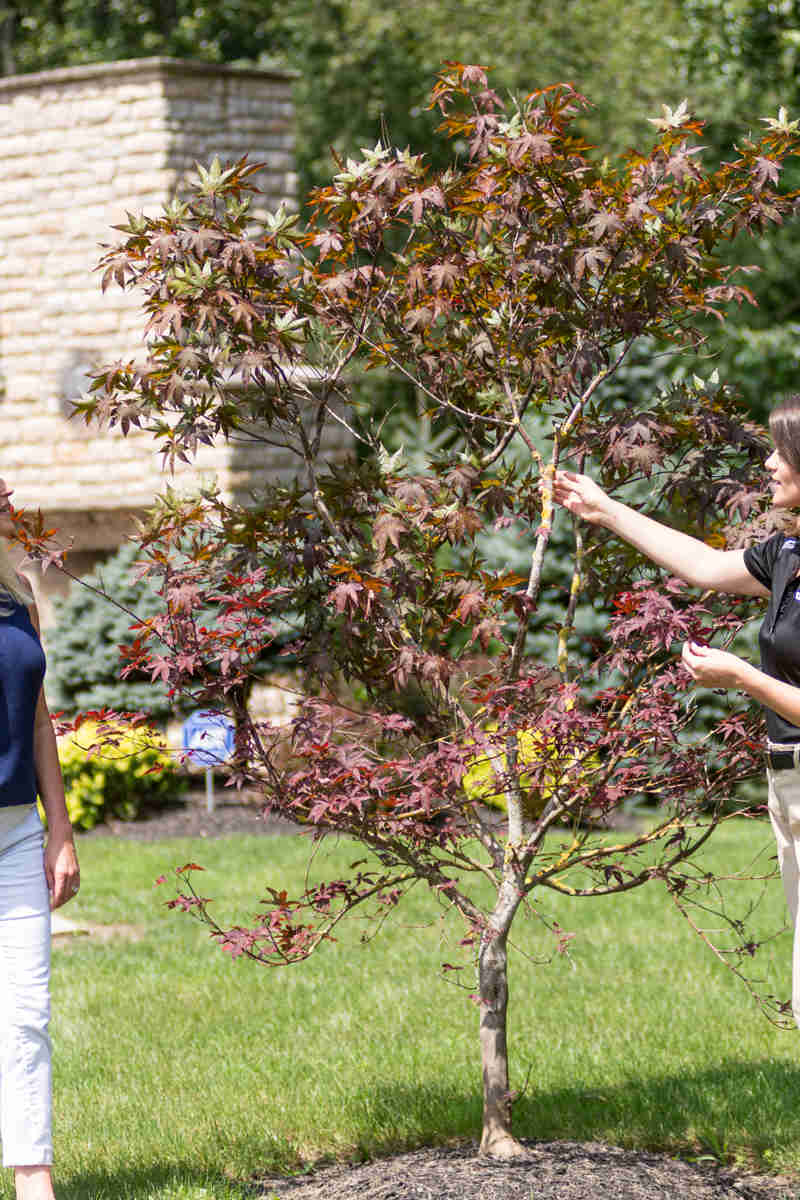Dogwood Anthracnose Description:
Dogwoods are treasured landscape trees. A destructive disease known as anthracnose can tarnish their beauty, degrade their health, or even kill the tree.
Hosts:
Dogwoods under stress from drought, heat stress, winter injury, or construction damage are most susceptible to anthracnose.
Biology & Symptoms:
Anthracnose attacks twigs, branches, trunks, and leaves of dogwoods in cool, wet weather. Tan, blotchy leaf spots are early signs of infection. The disease can cause dead leaves and twigs that remain attached to the tree. The fungus responsible for dogwood anthracnose can spread from the leaves into twigs and large branches. If the disease reaches the main trunk, it can kill the tree.
Management:
Detecting anthracnose early is the best way to control the disease. Once identified, prune out diseased twigs and branches to prevent further infection and encourage air to flow through the tree. Keep your dogwoods healthy by improving water retention with mulch and using a slow-release fertilizer. Your arborist may recommend foliar fungicide treatments to help control dogwood anthracnose. To protect your current dogwoods from anthracnose, never transplant wild dogwoods into your landscape. Purchase healthy trees from reliable nurseries. Some dogwood cultivars show resistance to the disease.
*Photo credit - Robert L. Anderson, USDA Forest Service, Bugwood.org





